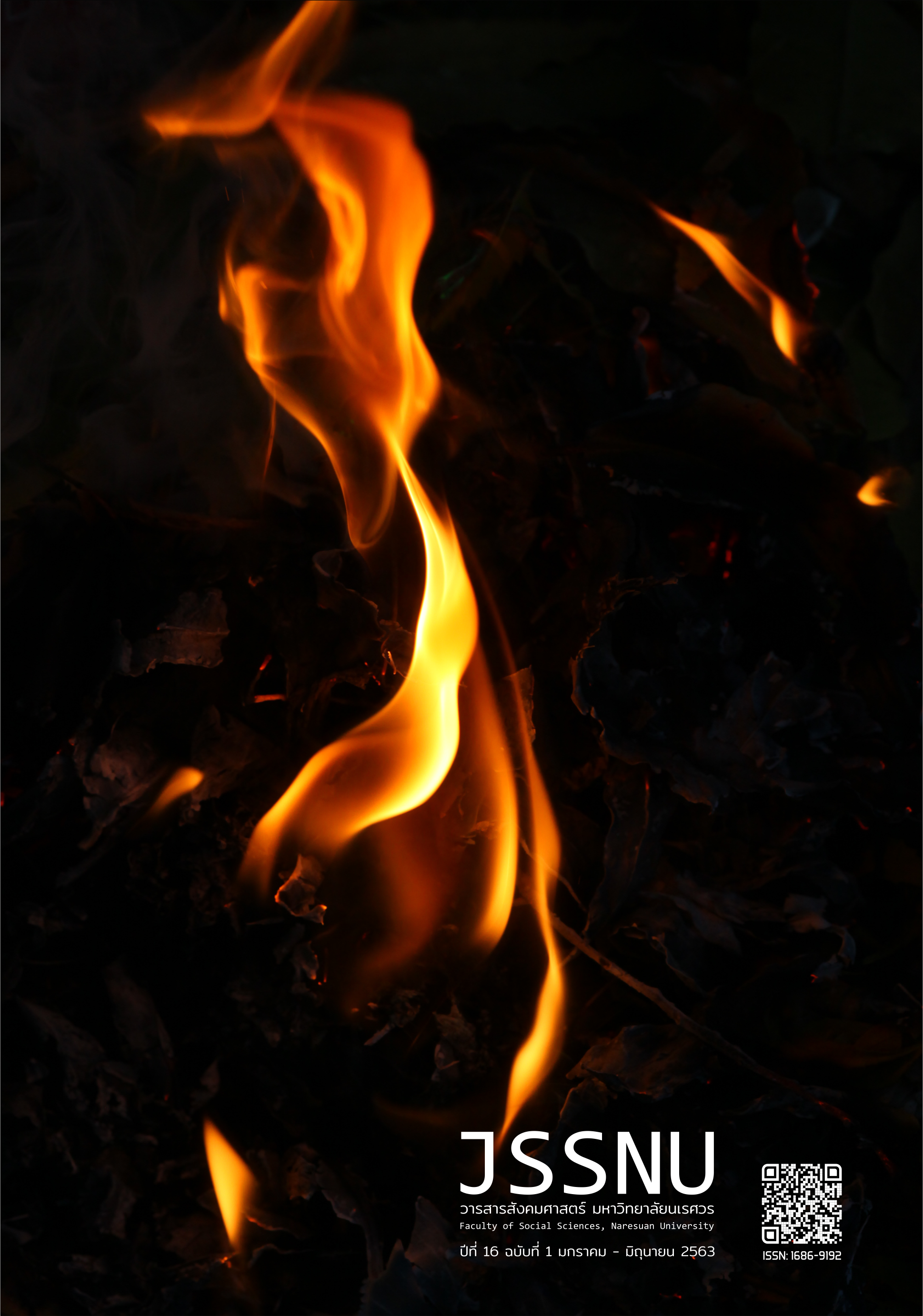Mae-Cheam Model: Practices and War of position
Main Article Content
Abstract
The Concept of Mae-Cheam Model is focused on the fire and smog management but the fundamental of situation is concerned with the communities right on land and forest management. The significance of the resolution is based on the holistic approach to involve with the mode of production, the poverty, economic growth and quality of life. Civil society and people organization are the importance mechanism for mobilize and movement to challenge the state authorities and social class. The approach challenges on social movement that is not enough and no more powerful to force with state structure. For sustainability, the war of position is the importance strategy to convince and intervene social class such as middle class, new generation, youth and social enterprise to engage and support the civil society and people organization to mobilize the land and forest solution
Downloads
Article Details
References
Boggs, C. (2002). What Gramsci means today. In D. Dowd (Ed.), Understanding capitalism: Critical analysis from Karl Marx to Amartya Sen (pp. 57-81). London: Pluto.
Buddharaksa, W. (2014). A survey of Gramsci’s political thought. Bangkok. Sommadhi. [in Thai].
Egan, D. (2015). Insurrection and Gramsci's “War of position”. Socialism and Democracy, 29(1), 102-124.
Gramsci, A. (1971). Selections from the prison notebook of Antonio Gramsci, Q. Hoare & G. Nowell-Smith (Ed. and Trans.). London: Lawrence & Wishart.
Hoare, G., & Sperber, N. (2016). An introduction to Antonio Gramsci: His life, thought and legacy. New York, NY: Bloomsbury Academic.
Kaewthep, K. (2008). Philosopher thought of political economy theory and
communication study. Bangkok: Parbpim. [in Thai].
Keawphasert, K., Nipuna, I., Saijai, P., Nipuna, S., Montanon, T., Kanika, B., … Sirijaruang, P. (2007). Historical of Luang Prong cultivate area: 100 years of Mea Cheam from Muang Cheam to Mea Cheam (Research report). Chiang Mai: n.p. [in Thai].
Nunsong, A. (2014). 5 decades of rural changing in the north reginal in case of common property and sub-common community management in Mea Cheam District, Chiangmai Province during 1957-2007. Bangkok: Community Organizations Development Institue. [in Thai].
Panyagaew, W. (2016). Mae Cheam Corn: Study report of sources and potential of biomass from field corn management in Mea Cheam District Chiang Mai Province. Chiang Mai: Centre for research and academic service Faculty of Social Sciences Chiang Mai University. [in Thai].
Sasson, A. S. (1982). Passive revolution and politics of reform. In A. S. Sasson (Ed.), Approachs to Gramsci (pp. 127-148). London: Writers and Reader.


